
Handbook of Evidence-Based Critical Care
This updated and revised edition of the classic bedside pocket reference remains the gold standard in critical care medicine. The new edition maintains Dr. Marik's trademark humor and engaging writing style, while adding... read more

Scheduled Intravenous Opioids
Maintaining comfort and analgesia is fundamental to providing adequate care in intensive care unit (ICU) patients. Pain assessment and its control remain the highest priorities and concerns among survivors of critical illness... read more
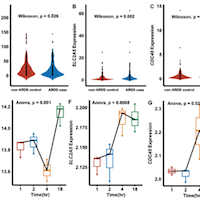
Genetic Causal Factors of ARDS
This comprehensive study highlights the importance of utilizing the MR-pheWAS framework in unraveling the complex etiology and pathogenesis of ARDS, and further underlines the value of integrating blood-based biomarkers into... read more
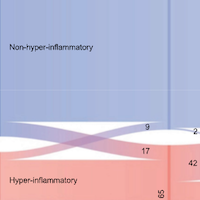
Inflammatory Subphenotypes in Patients at Risk of ARDS
We identified hyper- and non-hyperinflammatory subphenotypes in patients at risk of ARDS upon presentation to the emergency department. These subphenotypes remained identifiable over time and a hyperinflammatory subphenotype... read more

Screening Tools for Sepsis Identification
The authors undertook a rapid review to determine the suitability of sepsis screening tools in the emergency setting with regard to sensitivity and specificity of sepsis diagnosis. The review recognized that there is currently... read more

A Global Perspective on AKI After Major Surgery
Acute kidney injury (AKI) is an abrupt decline in kidney function occurring within hours or days. In patients having surgery, postoperative AKI is a major complication associated with adverse outcomes including mortality.... read more

Handbook of Critical and Intensive Care Medicine
The latest edition of this handbook is a concise yet comprehensive guide for attending physicians, fellows, residents, and students who cover the ICU. The chapters follow an outline format and are divided by organ system,... read more

ECPR for Hypothermic Refractory Cardiac Arrests in Temperate Climates
Accidental hypothermia designates an unintentional drop in body temperature below 35 °C. There is a major risk of ventricular fibrillation below 28 °C and cardiac arrest is almost inevitable below 24 °C. In such cases,... read more
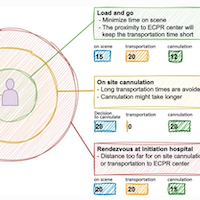
ECPR in 2023
Extracorporeal cardiopulmonary resuscitation (ECPR) is invasive and resource intense. Data suggesting a survival benefit in patients after OHCA and ECPR derive from retrospective registries and meta-analyses. In order to... read more

Propofol-Related Infusion Syndrome in a Child with RSE
Propofol is used for sedation, anxiolysis, anesthesia induction, and as an anticonvulsant. In cases of refractory status epilepticus (RSE), propofol is more efficient than barbiturates. We present a case of a 3-year-old... read more

COVID-19 Severity and 2-year Prevalence of Physical Symptoms
Although the persistence of physical symptoms after SARS-CoV-2 infection is a major public health concern, evidence from large observational studies beyond one year post diagnosis remain scarce. We aimed to assess the prevalence... read more
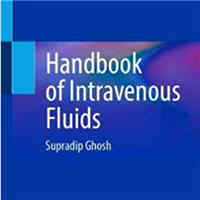
Handbook of Intravenous Fluids
This easy to use pocket book covers all aspects of intravenous fluid therapy in critically ill patients from applied physiology to bedside clinical management succinctly. It includes updated and evidence-based content on... read more
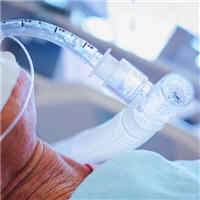
Effect of Mechanical Ventilation Under Intubation on Respiratory Tract Change of Bacterial Count
Mechanical ventilation under intubation may cause dysregulation of lower respiratory microbiota in rats. The most common 'second strike' in mechanically ventilated patients is a pulmonary infection caused by the ease with... read more

Convalescent Plasma Cuts Death by 10% in COVID Patients on Mechanical Ventilation
A randomized clinical trial in Belgium finds that convalescent plasma reduces death rates by about 10% in COVID-19 patients requiring invasive mechanical ventilation. University of Liege researchers led the open-label... read more




